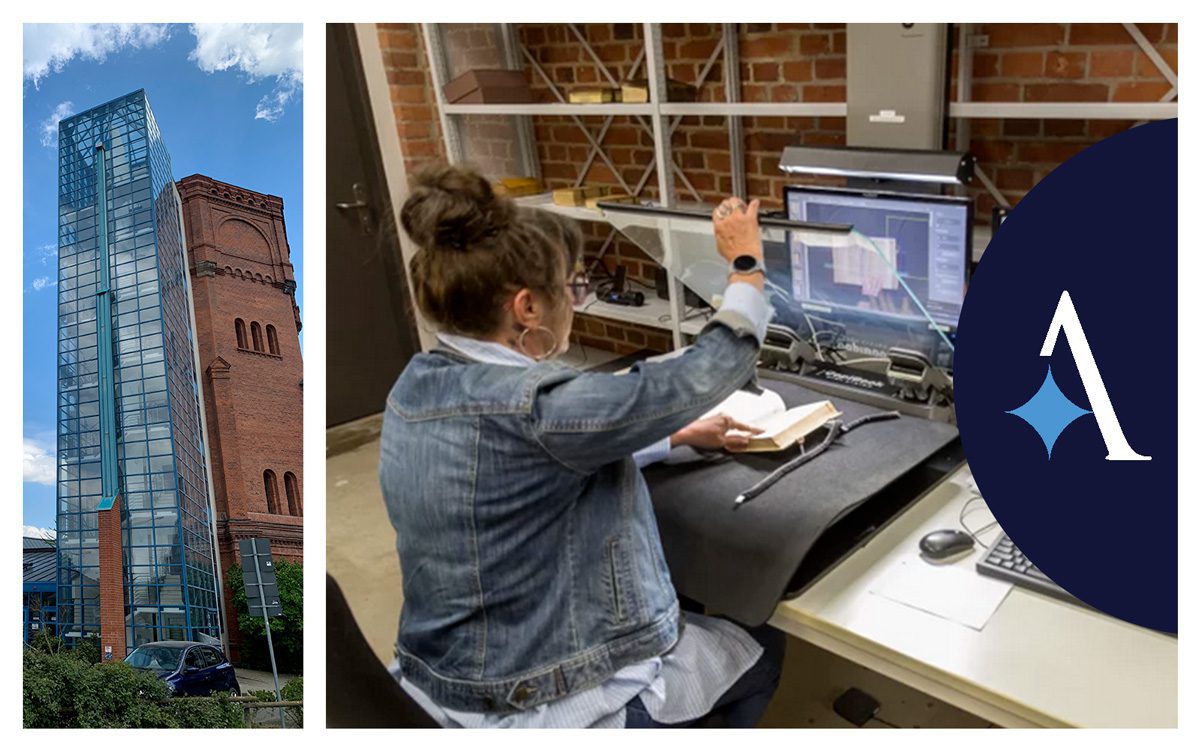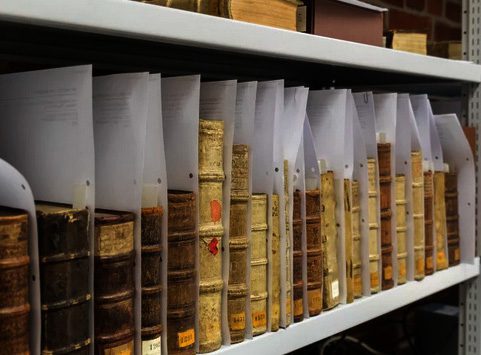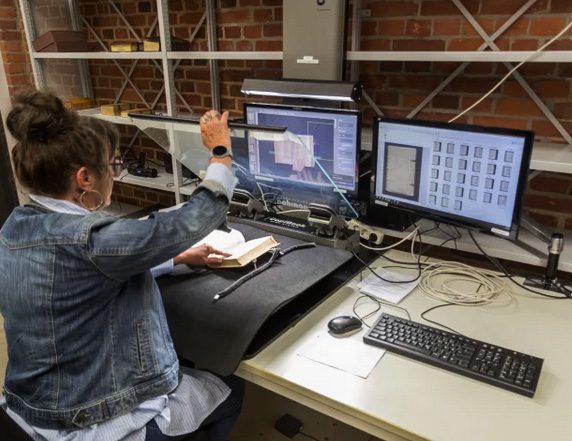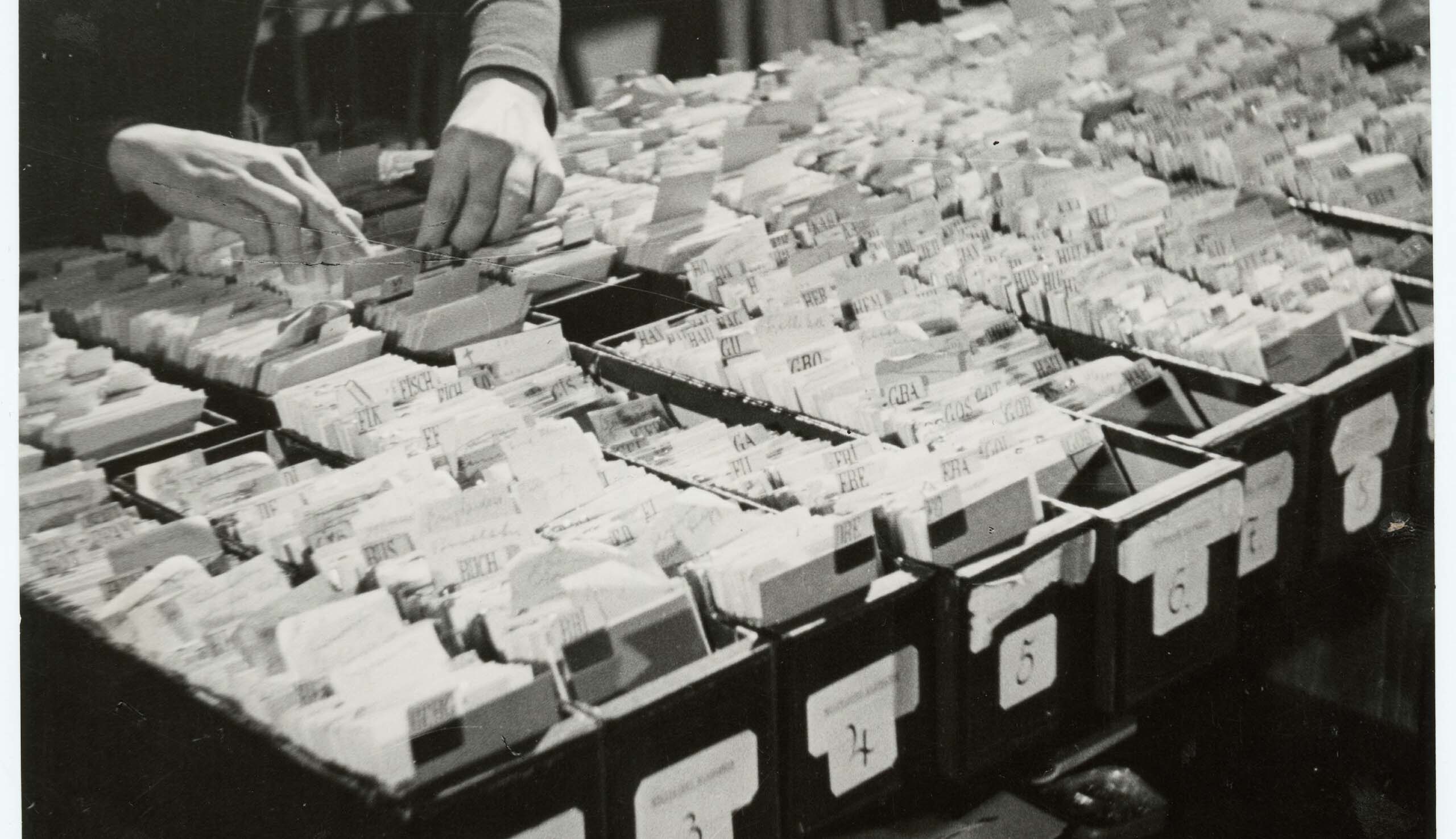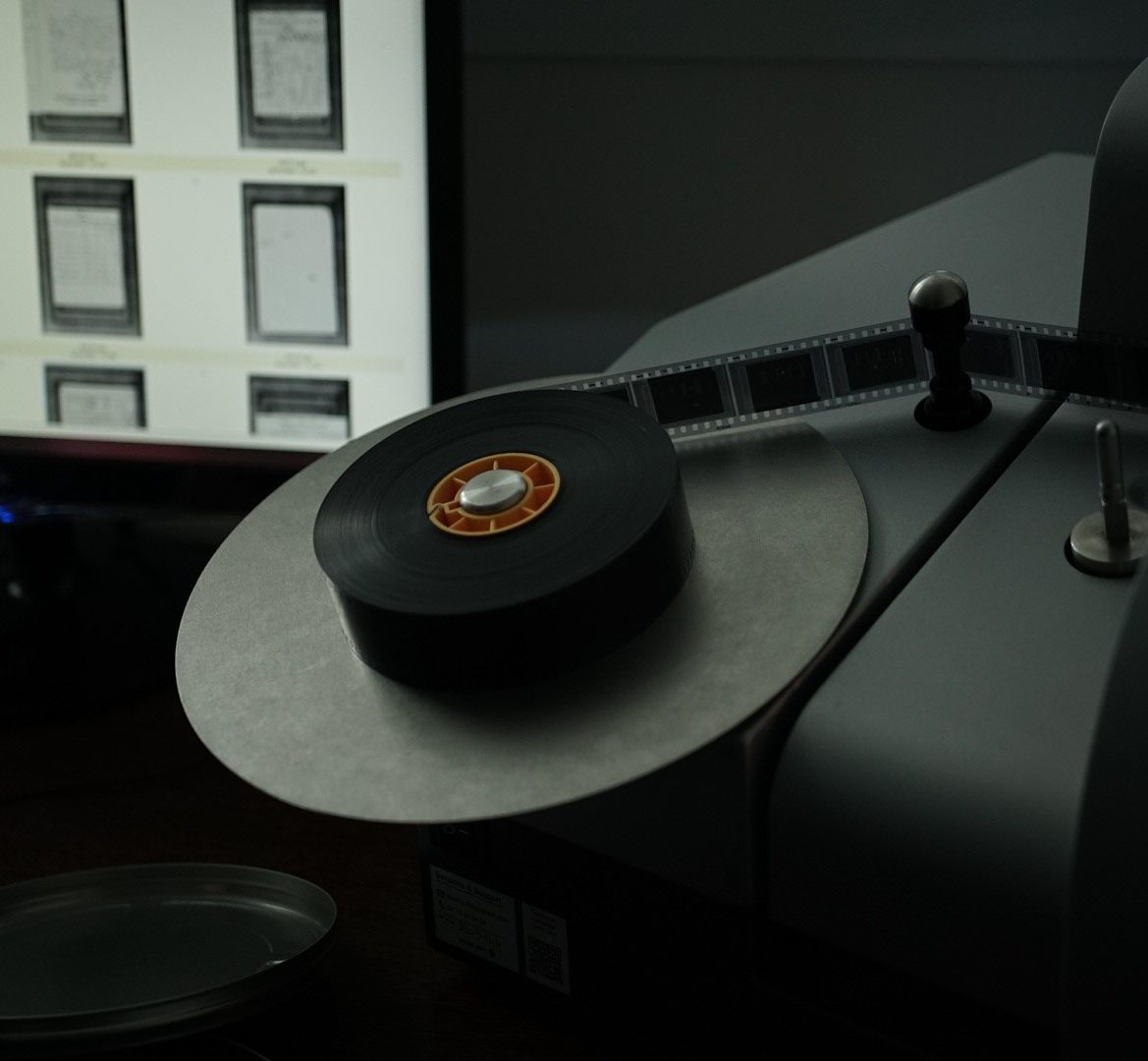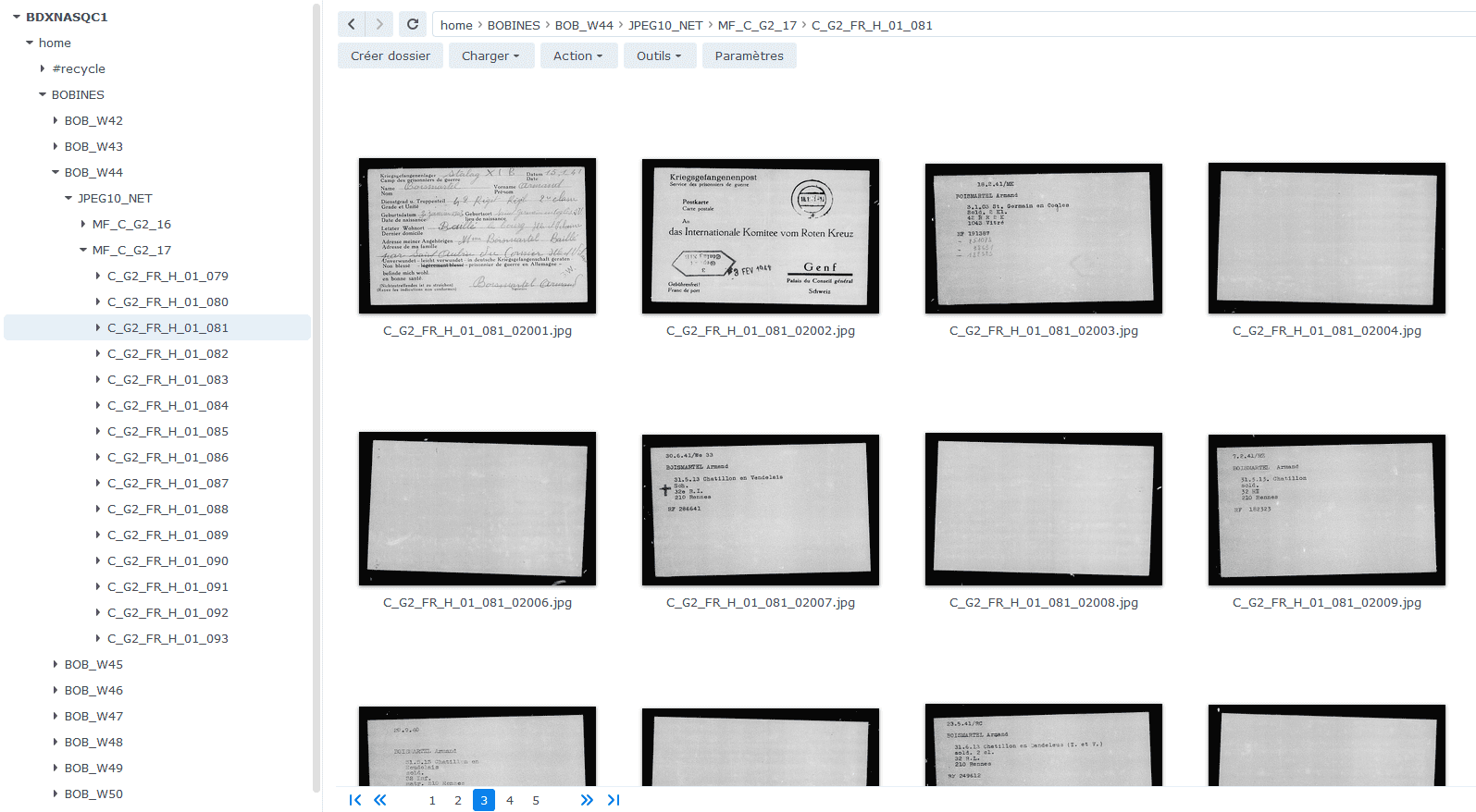Talent Story No. 2“We formed really close relationships on this assignment”After joining Arkhênum in 2015 as part of an end-of-study internship, Lisa Le Goff has never left! And with good reason, too: she's at home here and has climbed up the ladder, taking on...
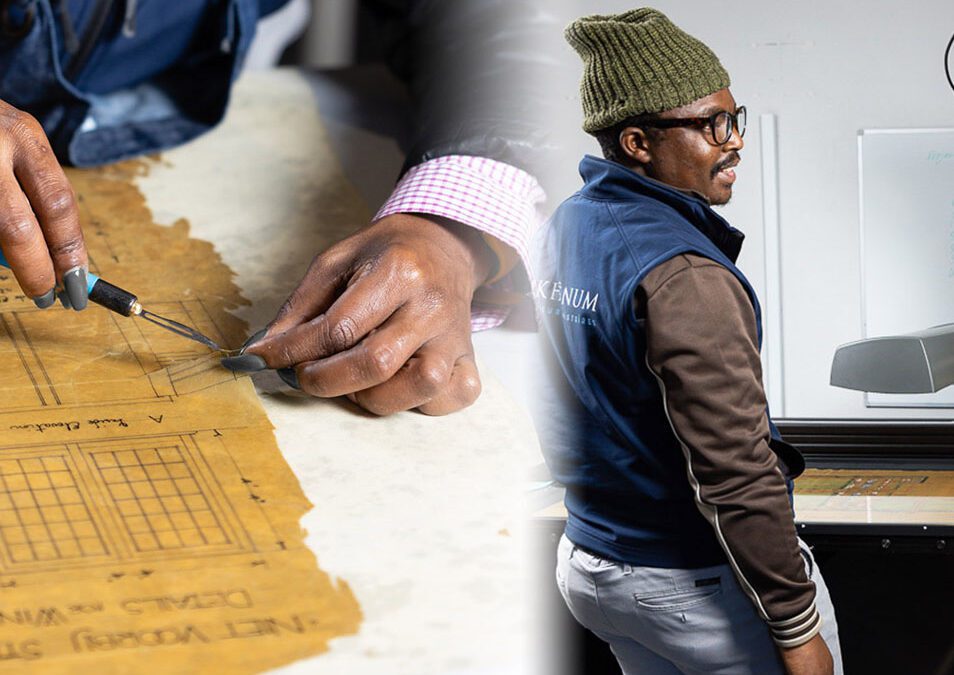
Arkhênum heads for the Cape
11 OCTOBER 2022
Arkhênum heads for the Cape
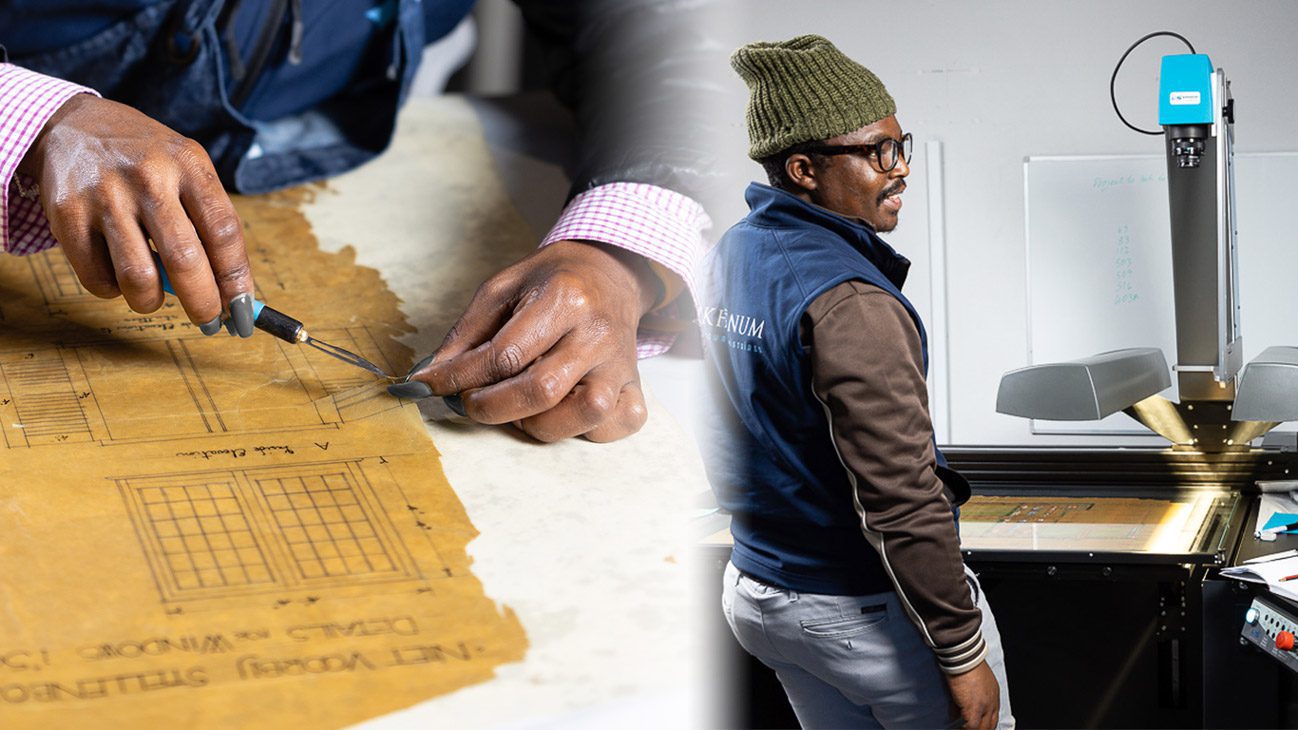
Two specialists with complementary expertise work to secure South Africa’s heritage
On April 18, 2021, the University of Cape Town and its library suffered a devastating fire which destroyed a number of priceless collections and damaged many others.
Following the tragedy, the university opted to safeguard its physical and digital archives using a coordinated package of services from two MEMORIST organisations: La Reliure du Limousin and Arkhênum.
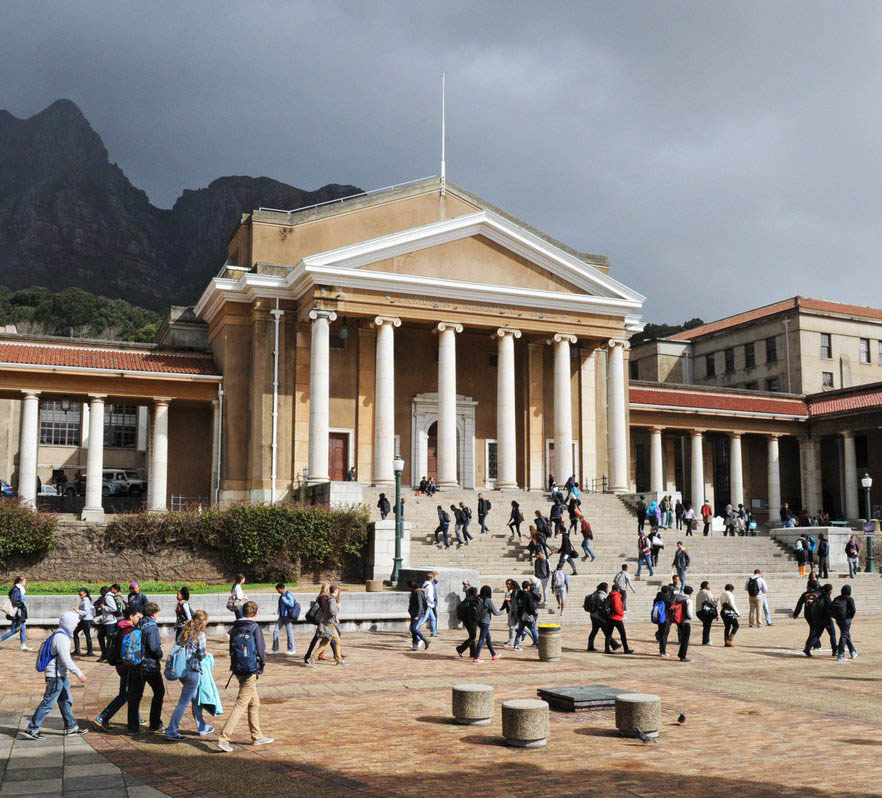
The operation focused on a collection of architectural drawings by the English architect Herbert Baker.
The drawings suffered severe damage as a result of dust and smoke deposits. After a thorough assessment, La Reliure du Limousin and Arkhênum proposed joining forces to restore and subsequently digitise the drawings, and the university selected both companies for the task.
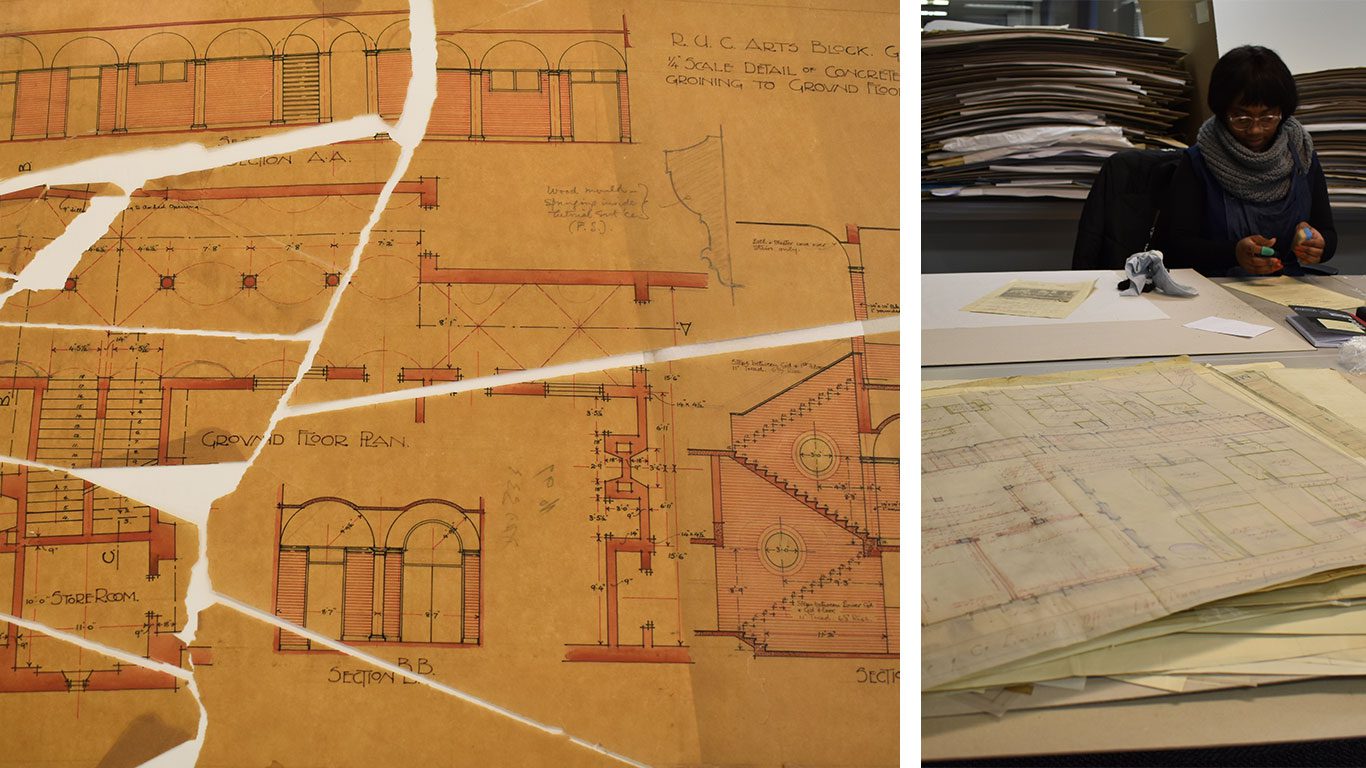
Restoration for enhanced digitisation
The aim of the project was two-fold: to safeguard the drawings for the future and to prepare them for optimal digitisation.
In the first phase, La Reliure du Limousin worked to repair the fire damage and preserve the drawings.
Preparatory work included dusting and dry cleaning the drawings using a soft brush. Once cleaned, the next step involved removing dirt to restore the drawings to their original appearance. Depending on their condition, entire or partial records were restored by filling in missing parts and lining tears with Japanese paper.
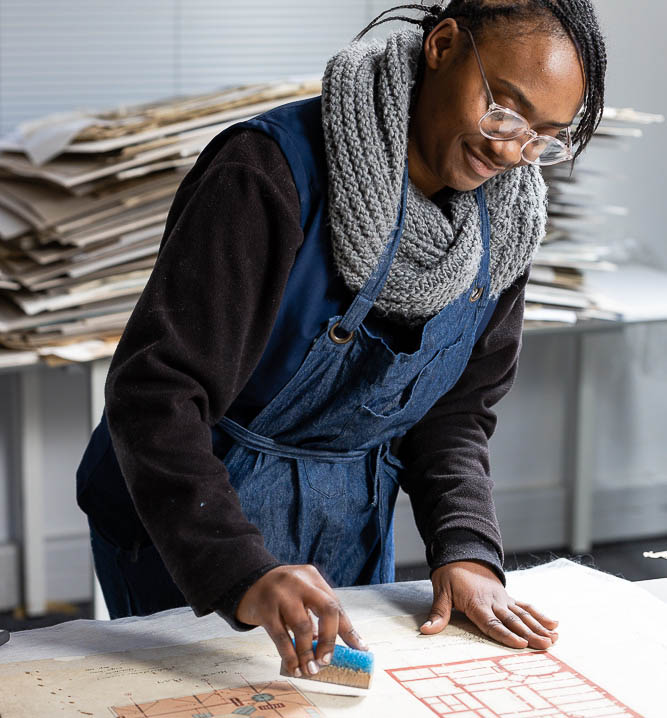

Exhaustive digitisation guaranteed
Both the restoration and digitisation phases were carried out on site at the university, with coordinated efforts to ensure smooth operations. This guaranteed that all drawings would be digitised and have optimal readability, thanks to the preliminary work carried out.
The university benefitted from a speedy service with a single point of contact in the person of a project manager who oversaw the entire service.
A team of eight professionals diligently restored and digitised the collection, marking a significant collaboration between French experts and local South African personnel. This type of collaboration will certainly grow in popularity, both in France and abroad.

Every page turned is an archived story

Talent Story No. 2

Arkhênum is celebrating its 25th anniversary!
Arkhênum is celebrating its 25th anniversary!In 2024 Arkhênum marks 25 years dedicated to preserving and promoting documentary heritage. It is a source of genuine satisfaction and an honour to be able to celebrate this long life and the recognition of the manual and...
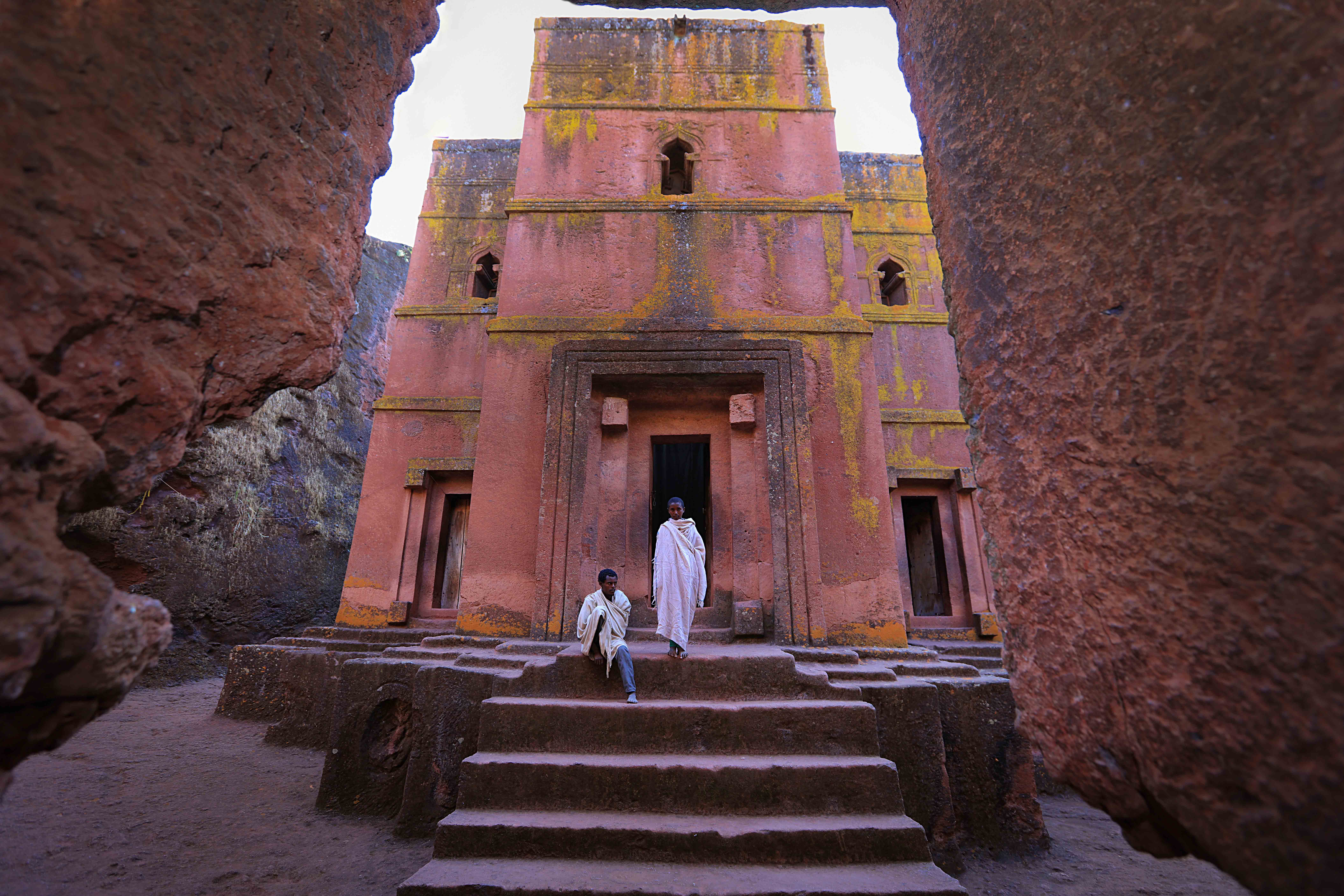
Arkhênum brings its heritage expertise to Ethiopia
Arkhênum brings its heritage expertise to EthiopiaExperts from Arkhênum, a MEMORIST company, have just finished work on the Sustainable Lalibela project in Ethiopia. Led by the CNRS and executed by the French Center for Ethiopian Studies, this project formed part of a...

